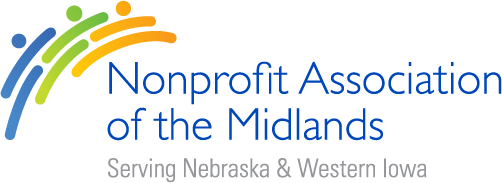Survey: Iowa, Nebraska non-profits struggle to lower 29% turnover rate
July 24th, 2024 by Ric Hanson
(Radio Iowa) – A new report shows non-profit organizations across the region are facing severe workforce shortages, and potential solutions revolve around boosting salaries and benefits. Anne Hindery is C-E-O of the Omaha-based Nonprofit Association of the Midlands which surveyed the leaders of nearly 700 nonprofits in Iowa and Nebraska. Hindery says it’s always been a challenge finding and keeping qualified people, and it’s only gotten worse since the pandemic.
“We’re still seeing shortages in things like behavioral health therapists, childcare workers, accountants that understand nonprofit accounting — those are still some of the challenges that we’re seeing,” Hindery says. “So I think the Salary and Benefits Report really helps educate nonprofits on what they need to do to attract and retain talent.” The report finds the average yearly turnover rate among nonprofits in the two states is 29-percent, while most open positions are filled in less than two months.
“We unofficially track changes in leadership as we hear about it, and I would say before the pandemic, we used to see maybe three or so a month, and now it’s anywhere between eight to 10 a month,” Hindery says. “Some people are retiring, some people are just moving around in the sector. It’s just really an interesting thing to watch.” The report finds most nonprofits match market compensation and almost all of them post salaries in job listings. Hindery says it also found that almost all nonprofits granted salary increases of three-percent or higher last year and plan do so again this year. In addition, if shows 42-percent of surveyed nonprofits offer bonuses. 
“I firmly believe that if we’re going to attract smart people to the nonprofit sector, we better pay them enough to pay off their student loans, give them benefits and flexibility,” Hindery says. “That is, as a membership organization for nonprofits, we try to help our members do just that.” She confesses that some charitable organizations face the stigma that working for them means you’ll pull down a very meager salary.
“That is an urban legend, that nonprofits mean no money. It just means our profits go back into the organization and into our people to better serve our clients, as opposed to going to shareholders like it does in private corporations,” Hindery says. “It’s a meaningful mission, and so you can go to work every day and whether you’re in direct service or not, you are making a difference in your community, and I think that’s very attractive to people.”
Other findings in the report find more than two-thirds of organizations offer medical insurance and retirement options, while more than half offer dental, vision and life insurance. Also, the majority of nonprofits offer paid holidays, paid time off and sick days, while nearly all have employees that primarily work on-site or use a hybrid model.





